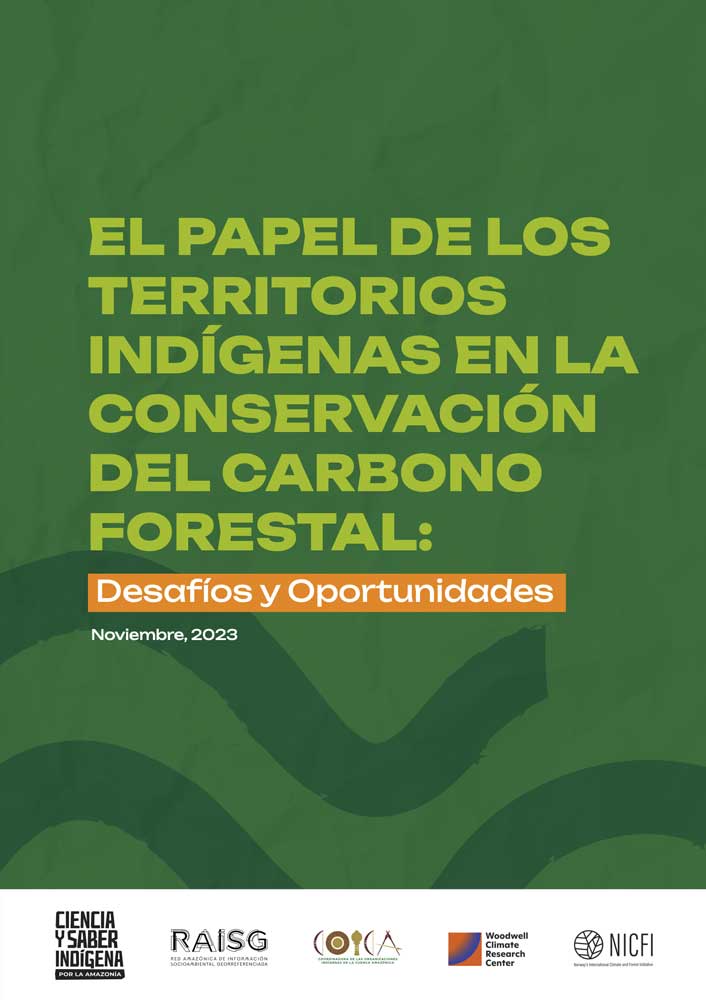The Amazon has the largest continuous tropical forest on the planet and, therefore, international attention has been focused on this region to achieve climate and biodiversity protection goals, which contribute to the maintenance of life as we know it now. However, there are multiple human activities that are contributing to the loss of its forest biomass5, its biological diversity, and the multiple resources and ecosystem services they provide.
To better understand the dynamics of the Amazon region, the Amazon Network of Georeferenced Socio-Environmental Information (RAISG), made up of eight civil society organizations, analyzes the region as an integral organism, generating and disseminating knowledge about Indigenous Territories and Protected Natural Areas, changes in land use, pressures and threats, among others. Within the framework of its work, and in association with US-based research organization Woodwell Climate Research Center (WCRC) and the Coordinator of Indigenous Organizations of the Amazon Basin (COICA), the project “Science and Indigenous Knowledge for the Amazon” is being implemented, with funding from the Norwegian International Climate and Forest Initiative (NICFI) and the participation of other donors for the cases of Bolivia and Venezuela.

